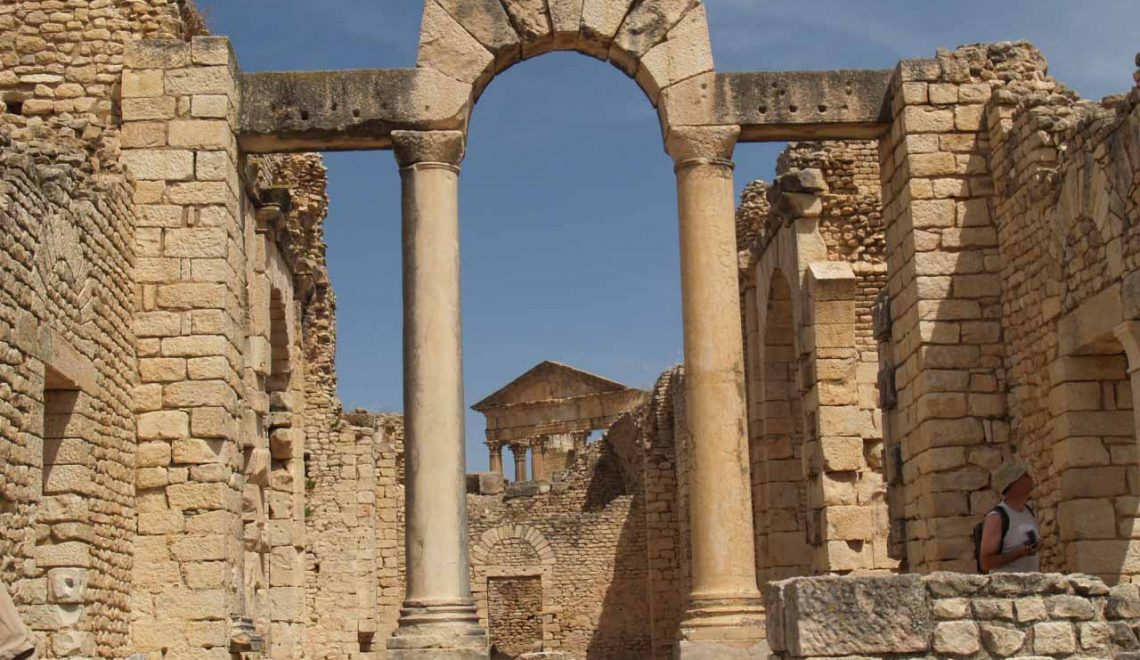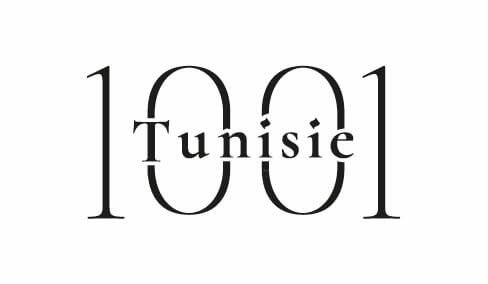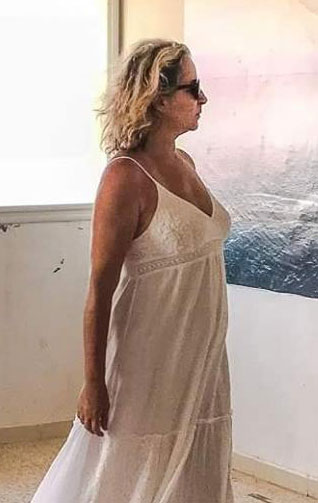
These cases are only the tip of the iceberg, that of an organized trafficking on a large scale, in place for two decades with the complicity of the highest political authorities.
During this period, cultural and historical property of inestimable value have disappeared. Mosaics, sculptures (Neptune head Sidi Khlifa), the sculpture of the god Mars Chemtou (ancient Simithu) of epigraphs, steles figured, jewelry (Carthage Museum), ceramics, numismatic treasures , manuscripts or blue Koran Raggada, unique piece of Muslim art were stolen, talk of the town, to join illegally private collections of wealthy art lovers and history in Europe, or in Gulf States.
The January 14 Revolution and the fall of a dictatorship that has set in cutting the wealth of national heritage could reduce that traffic. It is not so. Trafficking in archaeological increased tenfold, from the exclusive control of the immediate families of the old regime, to new networks, mostly by businessmen with accomplices abroad. Now, according to officials of the INP, it is estimated that there are 5 to 10 wild excavations every day in Tunisia.
An old traffic of over two hundred years
Crossroads of civilizations in the Mediterranean, Tunisia, with 50,000 registered archaeological sites, strata and over more than three thousand years of history, is considered a “museum country” in the open. A territory on a par with neighboring countries remains particularly exposed to illicit trafficking of archaeological pieces.
Plunder the national heritage sparked early disapproval and indignation of the national elites. Hassan Hosni Abdelwahab (1883-1968) will be the first Tunisian to sound the alarm, devoting much of his life to preserving the Tunisian heritage. He will base no less than 5 national Islamic museums, buying his own funds, archaeological pieces in the hands of Italian or French settlers before they flow into Europe.
This predation heritage that started in the 18th century with the weakening of Bey’s power, and the installation of the French protectorate in Tunisia, will be marked by a famous case, still vivid in the minds, the theft of the famous inscription libyco- Punic temple Dougga (ancient Thugga), stolen after the Mausoleum of the bombing in 1842, probably by the British consul at the time. This unique piece in the world is still in the British Museum in London, never returned despite requests of the successive Tunisian Governments.
“Low Hand of Ben Ali, Trabelsi and Materi national heritage”
The accession to power on 7 November 1987 of Zine El Abidine Ben Ali, a turning point in this traffic. Hitherto dominated by foreign principals, it came under the control of the former occupants of the palace of Carthage. The greed of the first circle of Ben Ali in search of business and unique items that can assert their status as newly rich sound the death knell, recent steps taken to protect the national heritage.
The sack, after the Revolution, dozens of houses belonging to the families Ben Ali, Trabelsi and Materi reveal the extent of the misuse of national heritage became private decor elements.
Nearly 647 archaeological items seized from the family Ben Ali, Trabelsi and Materi reveal the extent of this criminal looting. In their homes, mainly in Sidi Dhrif Palace, in Hammamet, Sidi Bou Saïd, and Soukra , families Ben Ali, Materi, Trabelsi, no less than 93 unique and invaluable were seized. Between fine of beautiful ceramics, jewelry, steles and sculptures of the V and VI centuries before J-C, one will find pitchers, small jars and the figure vases dating from the 5th, 4th and 3rd centuries before J-C. In the collection of ceramics, figure vase-especially statuette of the old drunk woman known only four copies in Tunisia. Found figurines tell mythological stories of Hercules fighting the Nemean lion than through scenes of daily Roman life.
And telling detail: nearly 80 pieces bore the INP buffer in crates found at Ben Ali palace in Sidi Dhrif, classified documents, and recorded as a signature complicity of some officials of this August institution. These coins stamped by the INP suggest that the Ben Ali family, Trabelsi and Materi could have access to the depositories of the INP. The various cases filed after the revolution with the main charges the protected property of illicit transfer, possession of undeclared archaeological and excavation ruins of mobile, fixed and no license, confirm this hypothesis.
“Generally the INP stamped parts are guarantees of authenticity and pieces of inestimable historical value, exceptional that we no longer found in recent excavations. “Says Fathi Bahri, responsible for monuments and archaeologist at the INP.
A traffic even take on an international dimension with the discovery in the mansions of Belhassen Trabelsi Sakhr el Materi and, archaeological pieces from strange country like the Gorgogne mask native of Tebessa in Algeria or the horse in green Jade from China. Tunisia ,and pass the issuing country archaeological status, finds that of the importing country as part of this traffic. Under the Ben Ali era, trafficking of archaeological certainly never reach a new level. How has this been trafficking take place?
“A heritage code superseded”
The system put in place from the early 90’s main objective was to facilitate traffic of archaeological pieces, weakening the legislative component and annihilating its repressive dimension in this field. Legislation enacted through the Heritage Code in 1994 will stand by his side “permissive”. The 1994 Heritage Code, will include such important flaws that many lawyers agree that the legislator in this code, “promote and encourage the trafficking of archaeological pieces” more than it prohibited or promotes the fight .
Flaw of the 1994 Heritage Code amended, after the revolution in 2011, is a legal aberration. The code sanctioned only the archaeological holders traffickers known as “classified”, while 95% of the stolen pieces in Tunisia are not classified, the fruit of wild excavations conducted at night, never having been the slightest census. This restrictive definition of the offense will allow traders to benefit from not place or very lenient sentences under the crime against the heritage. This custom-made law is more of a protection as a deterrent or punishment at the hands of the legislature.
In addition, sections of the fixed 1994 Heritage Code fines for such cases only between 100 and 500 dinars for archaeological value of tens or hundreds of thousands of dinars on the international market.
Prison sentences rendered equally derisory sentences floor with rarely more than a year in prison, suspended. A legal device that far from deterring traffickers appear to encourage them by providing them a certain impunity. “For over ten years, we have continued to attract the attention of regulators in writing on these senseless flaws” recalls the legal responsibility of the INP. In vain. It was not until March 2011 that a new amended code is adopted. Now the penalties range from 1 to 5 years in prison and dissuasive fines between 1,000 to 50,000 dinars. This new amendment will introduce tougher legislation, more able to protect the national heritage.
“The INP grotesque situation “
The second factor that favored archaeological items traffic is certainly inefficient structures responsible for safeguarding the heritage in Tunisia, like the National Heritage Institute (INP). This time poor relation structure of the Ministry of Culture, has never had at its disposal the means and human resources to accomplish its saving mission.
With hundreds of dig sites under its responsibility, the INP must monitor each excavation site, 7 days a week, day and night. A mission impossible when the guidance of the Ministry of culture of the time stipulate a ban on hiring more than one guardian per site. With the argument of fiscal restraint, we have neglected the protection of dig sites because if we have a day guard, it is difficult because of this circular to hire a night watchman, a grotesque situation allowed as appropriate to promote the night or day looting of sites, including especially the most isolated of them or those outside of urban areas. Generalized situation for all regions and known by the relevant departments and officials of the time the Ministry of Culture.
Moreover, the guardians who receive a pittance, did not benefit mostly social security and should seek additional salary to support themselves. Impoverishment, delays payroll, administrative slowness which make INP could never count on a human workforce motivated and available full time to safeguard its sites looting.
The regional directorates in charge of heritage protection in the regions have been marginalized for years knowingly in the absence of means, office, files, transport vehicles can provide effective protection for remote sites over several hundred kilometers . The Conservatives in number 258, spread throughout the Republic have been mostly recruited on criteria of transparency or competence, inexperience and inadequate academic training completed to render impossible any effective monitoring and archaeological site protection.
The absence of middle managers, an organizational chart organizing the work of the INP, the deliberate overlapping of tasks and functions have completed paralyze the work of the INP. Knowingly maintained a position for years that further marginalize the INP and who enjoy traffickers archaeological finds in the country.
“The dismantling of the special brigade”
The undermining of the structures in charge of heritage protection is even more obvious with the case of the “special squad” in charge of the fight against archaeological items traffic. In 2001, the authorities decide on the recommendation of the international organization for the conservation of monuments and sites worldwide (ICOMOS) and UNESCO to create a fighting brigade specialized in the struggle against archaeological items traffic.
This unit will have 24 agents and offices in Tunis, Hammamet and La Goulette, and manage to dismantle many trafficking networks involving national or foreign. This unit will reap success until 2008, the beginning of its dismantling for being interested too closely at cases involving relatives of President Ben Ali.
“From that moment, all team members will be transferred to other units such as the anti-gang brigade or the fight against narcotics,” assures us that M.Fathi Bahri alerted at the time the authorities across the Arabic-language newspaper “Echaab” of the Central Trade Union of the UGTT cases of plunder of national archaeological heritage.
Between 2008 and 2010, this unit will not record any of offense while in parallel it will refer all cases to justice will be frozen and closed without follow. Gradually retreated to the unit every mobile and logistics to maintain only the final as the first head of the unit, without the means nor the men to carry out its mission.
During the same period, since 2007, Tunisia will no longer report any loss or theft of archaeological internationally whereas previously disappearances were dozens in the files of Interpol or ICOMOS. A silence and silence all the more strange that several flights had been recorded over the same period in deposits of the INP, in Ksar Said and several regional museums.
“World Heritage Sites downgraded.”
Families Ben Ali and Trabelsi manage to downgrade several land classified by UNESCO as world heritage, especially in Sidi Bou Said and Carthage.
By means of presidential decrees in 2006 and 2007, systematically we decommission several parcels of Bir Ftouha the Archaeological Park of Carthage-Sidi Bou Said to realize juicy real estate operations (the Residences of Carthage) on land obtained dirt price but also access to work under cover of priceless ancient remains. And disappeared under the rubble, a basilica of the fourth century, or other wild excavations at the hill of the Odeon under the guise of construction of the mosque Zine El Abidine. Works that are ongoing despite the new decree canceling all downgrades decided under the transitional government of Mr. Beji Caid Essebsi.
To save Carthage, the new authorities will also soon approve a plan of protection and enhancement of the cultural site of Carthage-Sidi Bou Said. The decommissioning of a site protected by UNESCO in real estate or speculative purposes, can not continue to place Tunisia against odds with international conventions ratified by the Tunisian State for heritage protection. In reality, the fight against trafficking archaeological requires the systematic identification of national archaeological pieces, including digitization, improving the security of sites, excavations and museum deposits. Public awareness of the importance of preserving its national heritage. A communication to the public that has yet to take place and with the proliferation of illegal housing and damage recorded against property becomes an absolute necessity. The Tunisia must come to terms with its history and reclaim his identity, political change must allow a reinterpretation of history, plural identities in the country, only real bulwark against trafficking and the plundering of the peoples heritage … and against what Amin Maalouf called murderous identities.
Sami Badreddine
{mainvote}


 َAbonnez-vous
َAbonnez-vous

